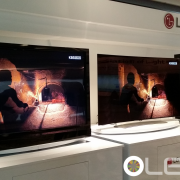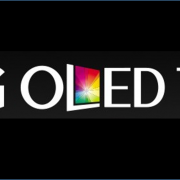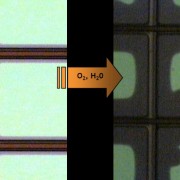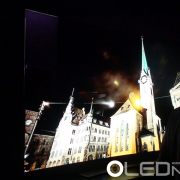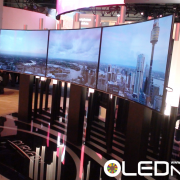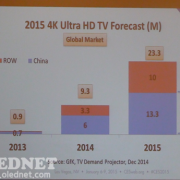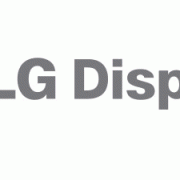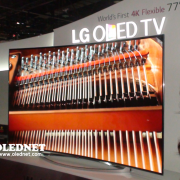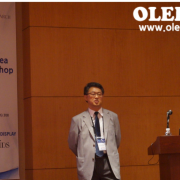LG Display Changes Game Rules for Premium TV with OLED TV
To change the rules of the game of TV market, LG Display held a media event on 19 May, overseen by Yeo Sang-deog, the president of LG Display’s OLED division. This event was structured only with OLED and showed LG Display’s determination regarding future OLED panel business.
Yeo Sang-deog mentioned that OLED panel will become LG Display’s future cash cow and suggested that LG Display could be reorganized to focus on OLED business.
In order for LG Display to commercialize OLED, clients who can buy the panels are important as well as companies that develop materials that can actualize qualities needed and necessary equipment. Yeo expressed that LG Display will engage in formation of ecosystem related to OLED industry to grow OLED panel as an export business.
For this event, LG Display prepared separate exhibition area formed only with OLED. The exhibition space was largely separated into 3 sections. The first area exhibited OLED TV and QD-LCD TV, which is receiving much focus recently, in comparison and demonstrated how OLED TV is much superior in terms of viewing angle, contrast range, and color gamut. The second exhibition space showed large size OLED panel. OLED TV with HDR technology which was shown in CES 2015, and convex OLED were shown, as well as transparent OLED. World’s first 500R curved OLED TV, wallpaper OLED TV with the thickness of a coin, and edge slice OLED TV were revealed. The third space was an area for what is becoming an issue, plastic OLED. LG Display exhibited 1.3 inch round plastic OLED for smart watch, 5.5 inch FHD curved plastic OLED, 6 inch active bending (dual bending) plastic OLED, and 12.3 inch cluster plastic OLED for dashboard in vehicle.
LG Display revealed all OLED products to domestic and international press, and demonstrated their confidence in OLED panel industry leadership.

